The challenge
Can thrust at an aircraft or at a vessel be generated by the arrangement of two rotating ring shaped ring wings - and if so, how would both ring wings would have to be positioned relative to one an other when applied to a fan for the aircraft or a propeller for the vessel? For fluid machines radial arranged moving wings and guide vanes are widely used. Can this principle be transferred on a circular guide vane and a circular rotating wing an can it be used for an engine?
The invention
The RES-Turbofan Engine uses a smaller ring shaped guide vane and a larger ring shaped moving wing to create thrust at least on one rotating fan or at least on one rotating propeller. This can be achieved by an inclined conical angle of attack at least on one of the ring shaped wings. During takeoff both ring wings are producing thrust, while in straight flight only the larger, outer ring shaped wing produces thrust in the direction of travel. This new fluid dynamic mechanism can also be applied with advantage to the propeller of a vessel with one or two rotating ring wings.
The advantages
- Providing a silent running turbofan engine
- More thrust with less energy
- No cavitation on a propeller for a vessel
The applications
- Efficient turbofan engine for all kinds of aircraft
- Provision of a generally applicable ship propeller
